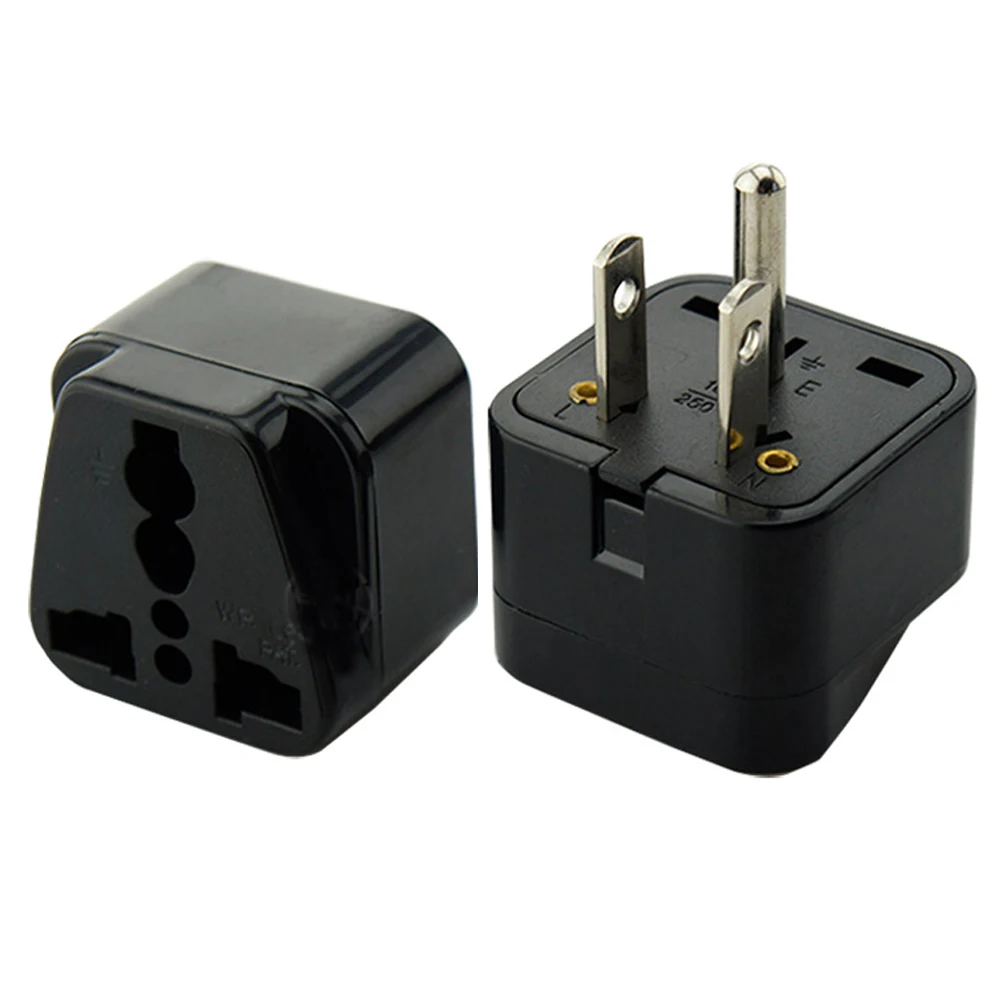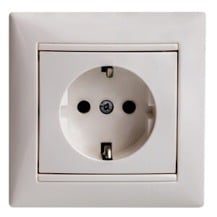


Some of your electronic gadgets are already equipped to handle different voltages.

A European adapter is a cost-effective and commonly used option.Īdapters tend to be much cheaper than converters however, a benefit of purchasing a converter is that it typically has adapter prongs built in, so it can be used for both purposes. Therefore, it is possible you may only need an adapter, depending on where you plan to travel. As you can see from the 15 different types of world plugs outlined below, the most common voltage range in your travels is likely to be 200-240V. Converters are used to step up or down the voltage – they convert the electricity. Travel adapter plugs simply allow the appliance to fit into the wall plug in another country. Do I Need an Adapter, a Converter or Both? The first step is to understand the various types of electrical outlet plugs and power adapters used throughout the world, which will inform your decisions about purchasing adapter plugs and electric converters. Planning which electric adapters and converters you need for international travel should be done well in advance of your trip to avoid hassle and frustration. The latter (110) you will also need converters but be careful, things that have universal power supplies (110-220) sometimes get confused if you plug them into a converter and melt or fry.

you can get them on Amazon or by googling i thinkīUT, like most of the world, Hungary is on 220 current, so you will have to sort your devices between those that can use 220 (many of the things you list - they'll all say in tiny unreadable print on their power supplies, sometimes not even printed but just embossed) and those that only accommodate 110 The short version is: Hungary uses the same sorts of outlets as, say France, those things with two round prong many outlets are recessed, so your doodads will need to fit within the recessed holes (see the link) i personally am fond of the Wonpro universal adapters. Fairly complex, but like pretty much the rest nof non-UK europe.


 0 kommentar(er)
0 kommentar(er)
